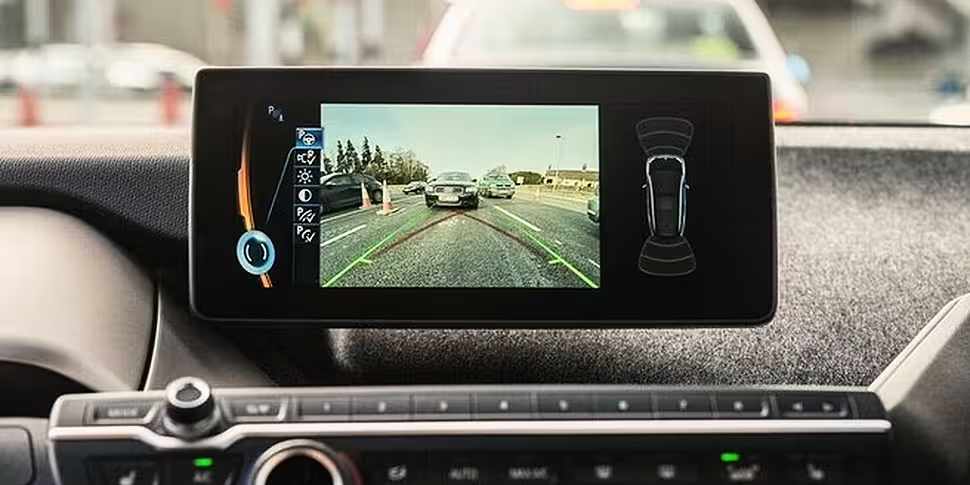The evolution of the vehicle is a fascinating thing. While affordable cars have only been around since 1908, its life cycle shows many phases either side of that; very soon they may no longer need us. Each progression from the horse and cart has seen some form of technological advancement and cleared the way for what we have come to expect and drive today.
It’s easy for us, in 2016, to look at many of the technological features of our cars and deem them small or insignificant. Over the past 50 years technology has been used to improve performance, stability, braking and general comfort in our vehicles. The 90s saw the addition of GPS and reverse sensing systems. Assisted parking, Internet access and voice control came on board in the 2000s. We now have keyless cars, Bluetooth connectivity and so much more within the confines of our personal vehicles.
So just how smart is a smart car?
Smart cars, also known as connected cars, are intelligent creations. Motoring is no longer just about getting from A to B in less than 7 seconds. We all lead busy lives and the time spent in the car should help us with that.
“Connected” means hooked up to the Internet in some way, shape or form. The BMW i3 is an example of a connected car which thinks byond the vehicle and makes the lives of drivers and passengers that bit easier. For example, picture a freezing cold Monday morning in November. It’s rainy, miserable and you’re facing into a 30 minute (if you’re lucky) commute to work. Rather than wearing an extra three layers, the BMW i3 can be heated from the owner’s smartphone via the BMW i Remote App, meaning the vehicle is warm before passengers open the front door. Handy.

Aside from keeping its owner toasty, it also allows the driver to see when the green car’s battery will be fully charged, a process that can also be intitiated remotely. Once in the vehicle, the driver can search for any destination and receive traffic information in real time. Having this information, quite literally, to hand eliminates menial tasks out of the user’s life.
Furthermore, the computers on board the BMW i3 are so sophisticated they illustrate exactly what part of the engine uses energy and when. This level of detail can inform the driver and help ensure they’re getting the most out of the fully electric range of up to 160km. .
Connected cars are constantly developing and changing how we live and drive according to PwC’s Strategy& “Connected Car Study 2015”. This development is focused on seven functional areas. These are:
- Autonomous driving: Operation of the vehicle without a human driver at the controls, existing only on a partial basis. Examples include self-parking cars, motorway assistance, and the transportation of goods by trucks on well-delineated routes.
- Safety: The ability to warn the driver of road problems and automatically sense and prevent potential collisions. Examples include danger warning signals and emergency call functions.
- Entertainment: Functions that provide music and video to passengers and the driver. Examples include smartphone interfaces, Wi-Fi or Local Area Network hotspots, access to social networks, and the “mobile office.”
- Well-being: Optimisation of the driver’s health and competence. Examples include electronic alerts that detect or mitigate fatigue, and other forms of individual assistance.
- Vehicle management: Support for minimising operating cost and increasing comfort. Examples include remote control of car features, displays of service and vehicle status, and the transmittal of traffic data.
- Mobility management: Guidance on faster, safer, more economical, and more fuel-efficient driving, based on data gathered for the vehicle. Examples include real-time traffic information displays, displays of repair and service-related information, and the transfer of usage data.
- Home integration: Links to homes, offices, and other buildings. Examples include the integration of the automobile into home alarms or energy monitoring systems.
The way we drive will change and impact other aspects of our daily lives as time goes by. The arrival of smart cars comes at a time when we are all beginning to get used to the concept of the Internet of Things. While smart homes may be a bit too futuristic and expensive for some just yet, the smart car fits in with what we’re already used to and enhances the meaneal daily commute.









